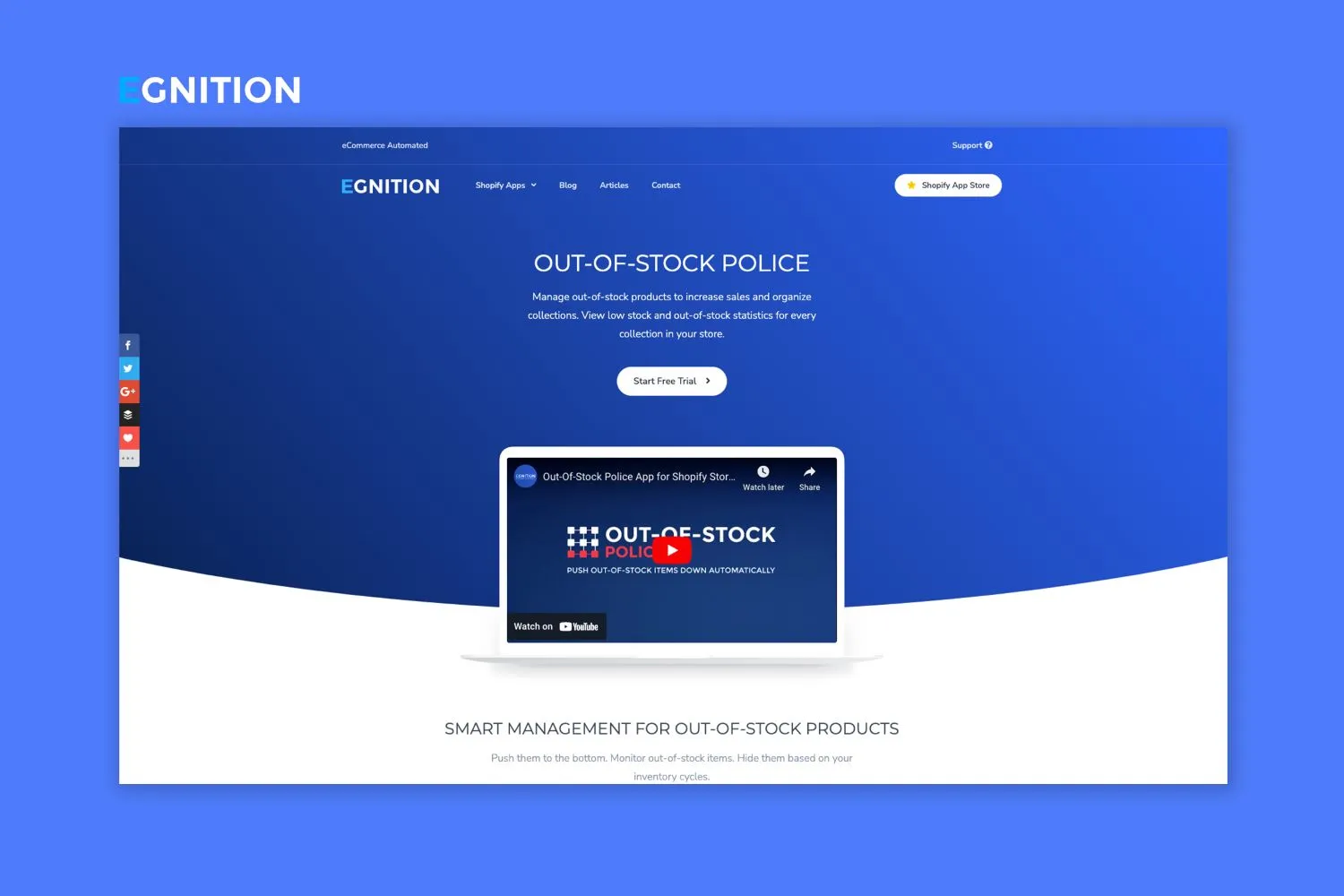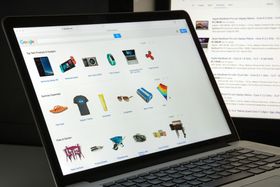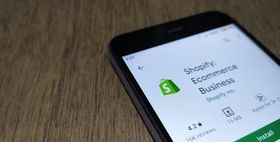Out-of-Stock Prevention: Is Offering Pre-Orders Worth It on Shopify?
With pre-orders you can manage your inventory better with suppliers, but is it always a good strategy?
Updated April 10, 2024

AI Summary
No eCommerce store owner wants a disappointed customer. But when items run out of stock, your customers may go buy what they're looking for elsewhere. So how do you prevent an item running out of stock altogether? That's where pre-orders come in.
Pre-orders allow customers to secure their desired items ahead of time, and you to plan how much stock you order to avoid stock-outs. But pre-orders also come with trade-offs: you may experience delays in production or fail to meet customer expectations. So when you know you may not be able to meet the demand, should you offer customers the opportunity to pre-order? Let's investigate.
Meet the Expert
Courtney Sharp is a seasoned professional with over 10 years in the field, founder of her own marketing agency, and a specialist in branding and social media strategy across Europe's fashion and beauty sectors. Her profound expertise offers invaluable perspectives on how influencer marketing elevates e-commerce brand visibility.
How Can Pre-Orders Be Used to Avoid Out-of-Stock Situations?
By using pre-orders strategically, you can gain insights into demand, optimize inventory management, and generate excitement around new products. This all contributes to avoiding out-of-stock situations and boosting your bottom line.
Demand Forecasting
If the last few years have shown us anything, global supply chain issues can really knock a business' performance. Pre-orders help you navigate supply chain disruptions by securing sales in advance.
Every product sale comes with forecasting risks: overstocking ties up capital, understocking misses sales. Pre-orders mitigate these risks with early demand insights.
This data informs your production, helping you adjust inventory to meet demand and avoid understocking.
Targeted Inventory Planning
If you're regularly offering pre-orders, it's likely that you can use the data you've tracked from previous sales to prepare better inventory in the future. By analyzing the volume and timeframe of pre-orders for past products, you can establish trends in customer demand across different product categories, seasons, and demographics.
This helps predict the potential demand for upcoming products with greater accuracy, informing production decisions and avoiding understocking popular items.
» Looking to avoid stock-out woes? Here's how you can hide out-of-stock products
Are Pre-Orders Worth It on Shopify?
Yes, pre-orders can help you plan and manage your inventory well, so that alone makes it worth it. But ultimately the decision depends on your individual business context and risk tolerance. Let's take a look at the pros and cons.
Pre-Oder Pros
- Demand insight
- Financial safety
- Market testing
- Customer loyalty
Pre-Order Cons
- Production flexibility
- Shipping challenges
Pre-Order Pros
Demand Insight: Pre-orders provide valuable data on projected demand, helping you tailor production to minimize the risk of over- or under-stocking popular items. Knowing anticipated demand beforehand enables you to secure production resources and materials in advance, reducing the likelihood of last-minute scrambling.
Financial Safety: Pre-orders are a strategic tool that reduces the financial risks of surplus stock. Upfront payments or deposits from pre-orders can also offer a financial boost, easing cash flow pressures and potentially allowing for increased production capacity. However, adapting production based on pre-orders might be difficult or costly for some businesses, especially with short lead times.
Market Testing: Pre-orders are a real-time market test, giving insights into customer preferences. You can test new products, suppliers, and offerings, and gain valuable data without exposing yourself to significant risks.
Customer Loyalty: Pre-orders increase customer engagement and loyalty. Incorporate them into your loyalty programs to move away from discount-driven approaches. Offer early access for VIP customers and loyalty points for pre-orders. This adds value and engagement without relying solely on discounts, meeting evolving customer expectations in e-commerce. However, delays or stock shortages after pre-orders can damage customer trust and lead to negative reviews.
Pre-Order Cons
Production flexibility: Adapting production based on pre-orders might be difficult or costly for some businesses, especially with short lead times. Coordinating with suppliers is key when setting up pre-orders. Set minimum and maximum limits to align with your supplier's production capacity. This avoids over-ordering and keeps the pre-order process smooth.
Pro Tip: If direct communication with suppliers is tough, like when dropshipping from platforms like AliExpress, take a hands-on approach. Regularly check the supplier's status and manage pre-orders manually to ensure accuracy.
Shipping Challenges: Shipping logistics for pre-orders can get tricky when customers buy in-stock items along with pre-order items. You have two options:
- Wait to send products until pre-orders arrive. This cuts shipping costs but might deter customers from buying more.
- Ship in two parcels. This boosts customer satisfaction but increases shipping costs.
Strategic Solution: A balanced approach is to include shipping costs in the pre-order item price. This way, you can enhance the customer experience without bearing high shipping costs. Just make sure to communicate this to customers transparently.
How to Set Up Pre-Orders in Your Shopify Store
Install a Third-Party App: For pre-orders, there are several Shopify-compatible apps available. Once installed, these apps integrate seamlessly with your Shopify dashboard and product pages. They operate as native features, ensuring a user-friendly experience for both you and your customers.
Manage Pre-Orders: Pre-order apps allow you to enable pre-orders for any product in your store. They help you capture real-time demand, provide insights into customer preferences, and even offer partial payments and automatic discounts.
Set Up Restock Notifications: With Out of Stock Police, you can manage out-of-stock products effectively. The app pushes out-of-stock items to the bottom of collections, hides them based on your inventory cycles, and even tags sold-out items automatically. You can set custom thresholds for reporting to know exactly when to restock.
» Want to know more? Read the full Out-of-Stock Police app review
Pre-Orders Prevail But Keep on Top of Your Inventory
While pre-orders are a powerful inventory tool, prioritizing customer experience is paramount. Integrating a low/out-of-stock management app alongside pre-orders offers two benefits: pre-orders predict demand, while a stock app fills the gaps, ensuring informed customers and minimizing disappointment.
This fosters trust, reduces frustration, and elevates the shopping experience, turning waitlists into brand loyalty. Don't just manage inventory, manage expectations, and delight your customers, all in one seamless journey







